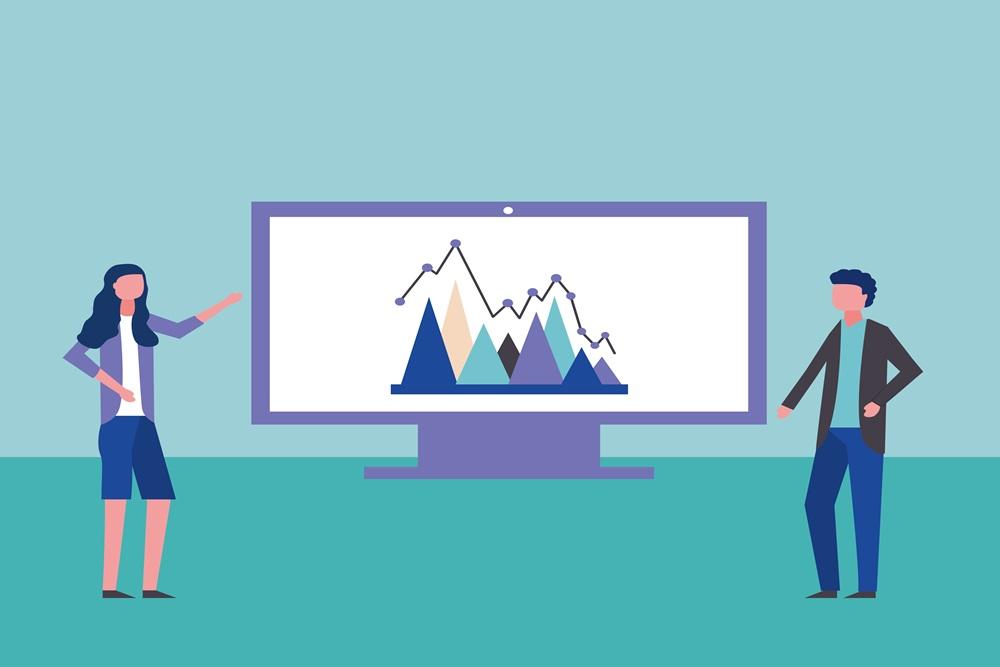Demand forecasting plays a critical role in helping businesses anticipate future sales, manage inventory, and streamline supply chain operations. The objectives of forecasting are crucial for optimizing business processes, reducing costs, and meeting customer expectations. In this blog, we will explore the key objectives of demand forecasting and how they contribute to business growth.
Understanding the Importance of Demand Forecasting
Before diving into the objectives of forecasting, it is important to understand why demand forecasting is essential for any business. In simple terms, demand forecasting refers to the process of predicting future customer demand for products or services based on historical data and market analysis. Businesses use demand forecasting to make informed decisions about production, distribution, and inventory management. Accurate demand forecasting helps businesses minimize waste, maximize profits, and improve customer satisfaction.
Key Objectives of Demand Forecasting
1. Optimizing Inventory Management
One of the primary objectives of forecasting is to ensure that businesses have the right amount of inventory on hand. Accurate demand forecasting allows companies to avoid overstocking, which can lead to increased storage costs and the risk of products becoming obsolete. On the other hand, understocking can result in lost sales and dissatisfied customers. By accurately forecasting demand, businesses can maintain optimal inventory levels, ensuring they meet customer needs without tying up excessive capital in stock.
2. Enhancing Supply Chain Efficiency
Another key objective of demand forecasting is to enhance supply chain efficiency. When businesses can predict demand accurately, they can coordinate with suppliers and manufacturers to ensure timely delivery of raw materials and finished products. This leads to smoother operations and reduces the risk of delays in production or shipping. Improved supply chain management ultimately results in lower costs and faster response times to market changes.
3. Improving Production Planning
Demand forecasting directly influences production planning. By forecasting future demand, businesses can allocate resources more effectively and schedule production runs that meet customer needs without overburdening the manufacturing process. This leads to increased productivity, reduced downtime, and better utilization of labor and equipment.
4. Maximizing Sales and Revenue
One of the key objectives of forecasting is to help businesses maximize sales and revenue. Accurate demand forecasts enable companies to align their sales strategies with market trends, ensuring they have the right products available when customers want them. This proactive approach allows businesses to capture market opportunities, increase sales, and grow their revenue.
5. Reducing Costs
Demand forecasting helps businesses reduce costs in various ways. By optimizing inventory management and production planning, companies can avoid the costs associated with overproduction, underproduction, and emergency shipments. Additionally, accurate demand forecasting can help businesses negotiate better deals with suppliers, as they can plan orders in advance based on reliable demand data. These cost savings contribute directly to improved profit margins and business growth.
6. Minimizing Risk and Uncertainty
Every business faces risks and uncertainties in the market, whether from fluctuating customer preferences, economic conditions, or supply chain disruptions. One of the core objectives of demand forecasting is to minimize these risks by providing businesses with data-driven insights. By understanding potential demand trends, businesses can prepare for market shifts and make strategic decisions that reduce exposure to uncertainty.
7. Enhancing Customer Satisfaction
Meeting customer demand is essential for maintaining a positive reputation and ensuring customer loyalty. Demand forecasting allows businesses to anticipate customer needs and ensure products are available when required. This leads to faster delivery times, fewer stockouts, and overall improved customer satisfaction. When customers consistently find what they need, they are more likely to return, leading to long-term business growth.
8. Supporting Strategic Decision-Making
Accurate demand forecasting is a valuable tool for business leaders making strategic decisions. Whether it's deciding when to launch a new product, enter a new market, or adjust pricing strategies, demand forecasting provides the insights needed to make informed choices. Businesses that use demand forecasting effectively are better positioned to make decisions that align with market demand and business objectives.
9. Improving Financial Planning and Budgeting
Demand forecasting also plays a crucial role in financial planning and budgeting. When businesses can accurately predict future sales, they can create more precise budgets and financial forecasts. This ensures that resources are allocated effectively, and business leaders have a clearer understanding of future financial performance. Accurate financial planning helps businesses avoid cash flow problems and ensures that they have the funds necessary to support growth initiatives.
10. Facilitating New Product Development
Finally, demand forecasting is essential for developing new products. When businesses understand market trends and customer preferences, they can identify gaps in the market and develop products that meet future demand. This proactive approach to product development ensures that businesses stay ahead of the competition and continue to grow.
Conclusion
The objectives of demand forecasting are multifaceted and play a vital role in driving business growth. From optimizing inventory management and production planning to enhancing customer satisfaction and reducing costs, demand forecasting helps businesses make informed decisions that lead to improved efficiency, increased sales, and long-term success. By investing in accurate demand forecasting tools and techniques, businesses can better navigate market uncertainties and position themselves for future growth.
Incorporating demand forecasting into your business strategy is not just about predicting future sales—it’s about setting your business up for sustainable success. The objectives of forecasting, when met, lead to a stronger, more agile organization capable of adapting to market shifts and seizing new opportunities. Whether you're managing inventory, improving production efficiency, or planning new product launches, demand forecasting is an essential tool for business growth.
Explore our AI-based SaaS platform to predict sales volume and demand trends. To know more, visit: https://thousense.ai/pricing



